Selected picture 1
Portal:University of Oxford/Selected picture/1

Selected picture 2
Portal:University of Oxford/Selected picture/2
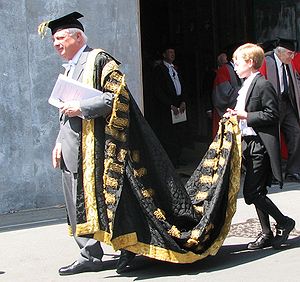
Selected picture 3
Portal:University of Oxford/Selected picture/3
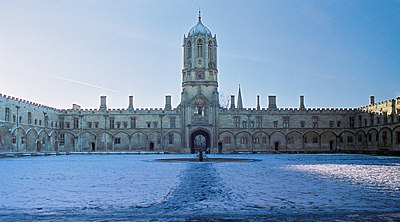
Selected picture 4
Portal:University of Oxford/Selected picture/4

Selected picture 5
Portal:University of Oxford/Selected picture/5
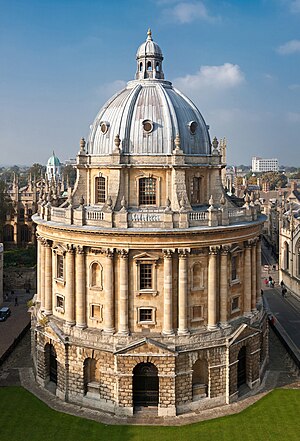
Selected picture 6
Portal:University of Oxford/Selected picture/6

Selected picture 7
Portal:University of Oxford/Selected picture/7

Selected picture 8
Portal:University of Oxford/Selected picture/8

Selected picture 9
Portal:University of Oxford/Selected picture/9
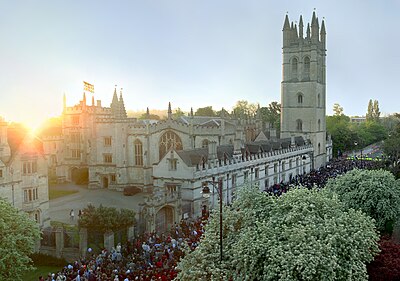
Selected picture 10
Portal:University of Oxford/Selected picture/10

Selected picture 11
Portal:University of Oxford/Selected picture/11
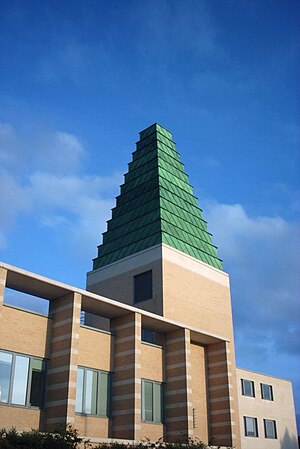
Selected picture 12
Portal:University of Oxford/Selected picture/12
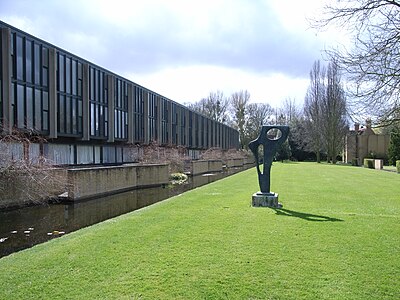
Selected picture 13
Portal:University of Oxford/Selected picture/13
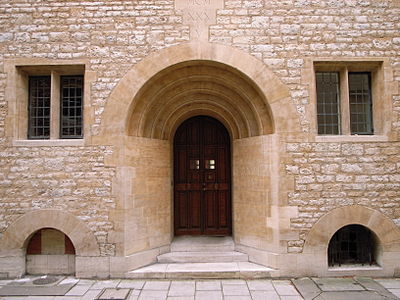
Selected picture 14
Portal:University of Oxford/Selected picture/14

Selected picture 15
Portal:University of Oxford/Selected picture/15

Selected picture 16
Portal:University of Oxford/Selected picture/16
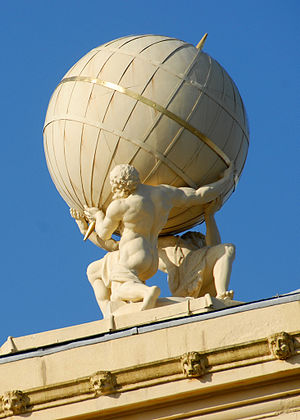
Selected picture 17
Portal:University of Oxford/Selected picture/17
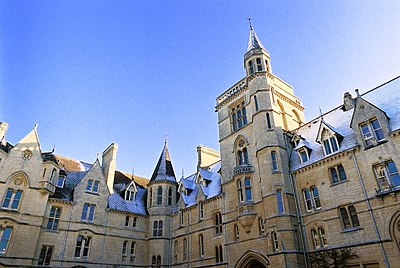
Selected picture 18
Portal:University of Oxford/Selected picture/18

Selected picture 19
Portal:University of Oxford/Selected picture/19

Selected picture 20
Portal:University of Oxford/Selected picture/20

Selected picture 21
Portal:University of Oxford/Selected picture/21

Selected picture 22
Portal:University of Oxford/Selected picture/22

Selected picture 23
Portal:University of Oxford/Selected picture/23
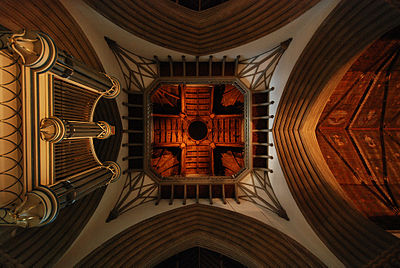
Selected picture 24
Portal:University of Oxford/Selected picture/24
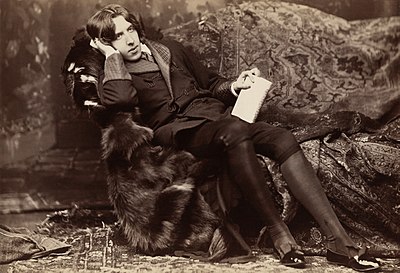
Selected picture 25
Portal:University of Oxford/Selected picture/25

Selected picture 26
Portal:University of Oxford/Selected picture/26

Selected picture 27
Portal:University of Oxford/Selected picture/27

Selected picture 28
Portal:University of Oxford/Selected picture/28

Selected picture 29
Portal:University of Oxford/Selected picture/29

Selected picture 30
Portal:University of Oxford/Selected picture/30
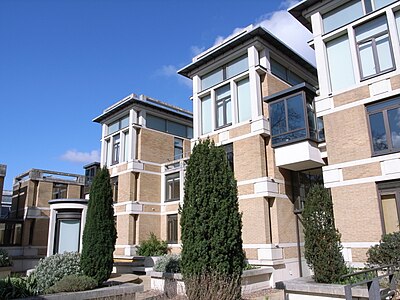
Selected picture 31
Portal:University of Oxford/Selected picture/31

Selected picture 32
Portal:University of Oxford/Selected picture/32
Selected picture 33
Portal:University of Oxford/Selected picture/33
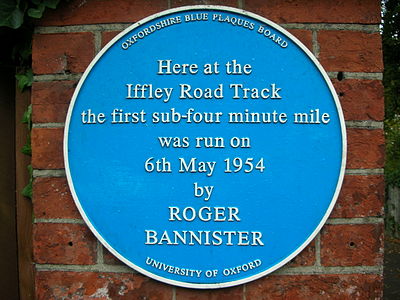
Selected picture 34
Portal:University of Oxford/Selected picture/34
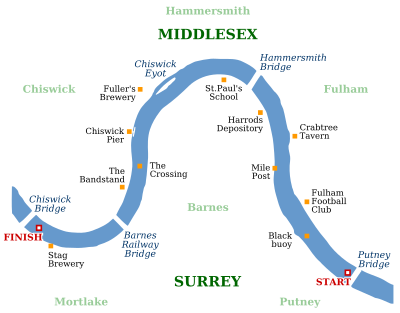
Selected picture 35
Portal:University of Oxford/Selected picture/35

Selected picture 36
Portal:University of Oxford/Selected picture/36
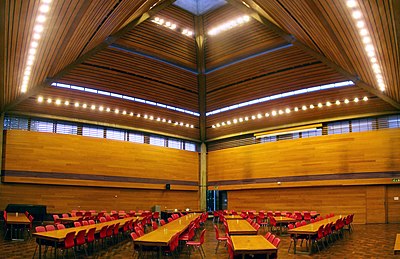
Selected picture 37
Portal:University of Oxford/Selected picture/37
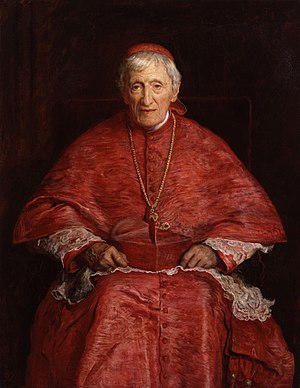
Selected picture 38
Portal:University of Oxford/Selected picture/38

Selected picture 39
Portal:University of Oxford/Selected picture/39

Selected picture 40
Portal:University of Oxford/Selected picture/40
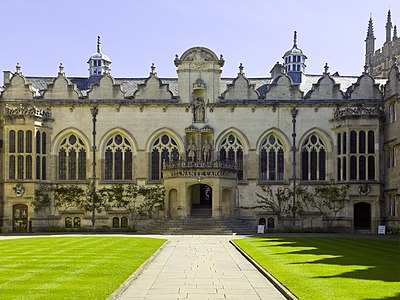
Selected picture 41
Portal:University of Oxford/Selected picture/41

Selected picture 42
Portal:University of Oxford/Selected picture/42

Selected picture 43
Portal:University of Oxford/Selected picture/43

Selected picture 44
Portal:University of Oxford/Selected picture/44

Selected picture 45
Portal:University of Oxford/Selected picture/45

Selected picture 46
Portal:University of Oxford/Selected picture/46

Selected picture 47
Portal:University of Oxford/Selected picture/47

Selected picture 48
Portal:University of Oxford/Selected picture/48

Selected picture 49
Portal:University of Oxford/Selected picture/49
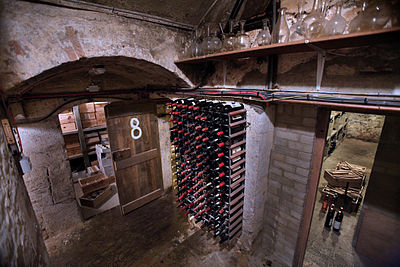
Selected picture 50
Portal:University of Oxford/Selected picture/50

Selected picture 51
Portal:University of Oxford/Selected picture/51

Selected picture 52
Portal:University of Oxford/Selected picture/52
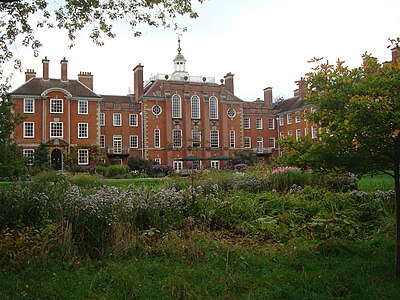
Selected picture 53
Portal:University of Oxford/Selected picture/53

Selected picture 54
Portal:University of Oxford/Selected picture/54

Selected picture 55
Portal:University of Oxford/Selected picture/55

Selected picture 56
Portal:University of Oxford/Selected picture/56

Selected picture 57
Portal:University of Oxford/Selected picture/57

Selected picture 58
Portal:University of Oxford/Selected picture/58

Selected picture 59
Portal:University of Oxford/Selected picture/59
